Feed for Thought: Smarter Nutrition Amid Global Feed Cost Crisis
Feed costs have become a major pressure point for poultry producers in Asia. US tariffs volatility, combined with recent US–China trade restrictions, have sharply increased prices and complicated futures planning. Meanwhile, freight surcharges and export curbs from countries like Brazil and Argentina have heightened uncertainty. Faced with these shifts, farmers need a more definitive solution, as well as a clear roadmap to manage cost and maintain flock productivity.
The Hidden Weakness in Current Feed Systems
Many farms rely heavily on imported corn and soybean meal. This puts them at risk when tariffs change or transport costs spike. The narrow feed base limits flexibility, and waste from spillage reduces efficiency. To show how each issue ties to a solution:
| Risk | Impact | Fix |
Corn/soy saturation |
Farms overexposed to commodity swings | Integrate rice bran or palm kernel meal |
Import dependency |
Costs rise with transport or tariff changes | Install on-farm milling |
Human-based feeding |
Inconsistent delivery, high waste | Move to automated systems like Vista 330 |
Limited insight into feeding trends |
Missed waste or demand spikes | Use BFN Fusion for real-time monitoring |
A Better Way Forward
Building resilience means adding flexibility, precision and data intelligence to feeding operations. Here is how to put that into practice.
1. SiloCheck AIR: Feed Forecasting and Replenishment
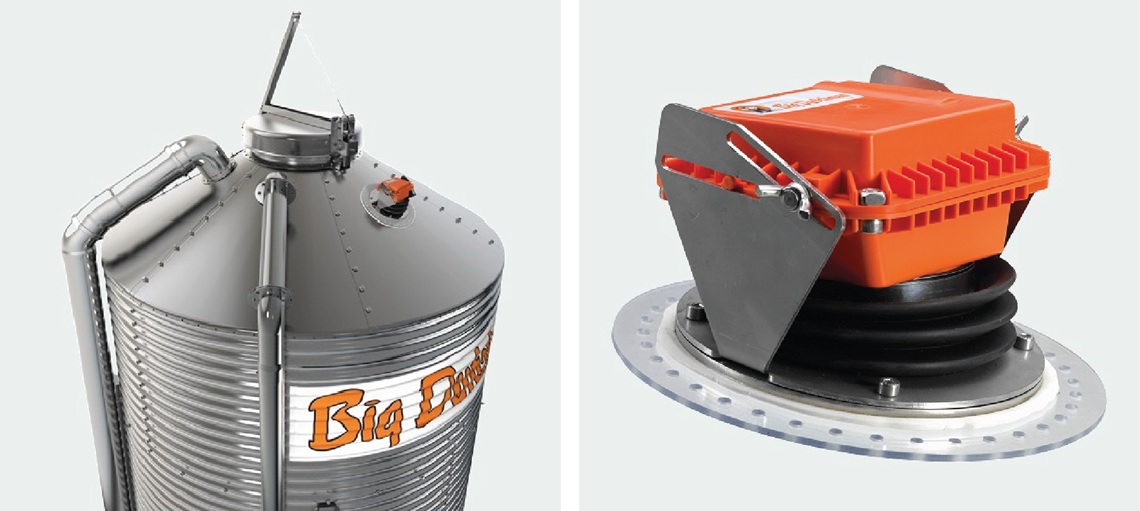
This wireless monitoring system tracks feed levels automatically within each silo. Feeding patterns are logged, forecasts are generated, and replenishment happens before emergency orders at high price points. This leads to steady costs and fewer surprises.
2. Vista 330: Durable Climate-Ready Feed Delivery
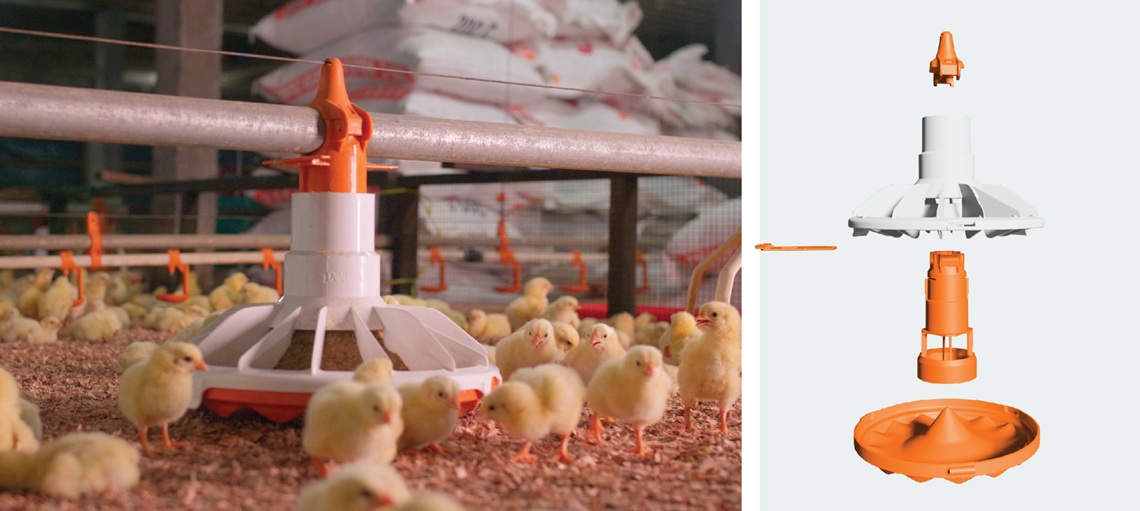
The Vista 330 pan feeder is designed for hot, humid conditions common in Asia. It provides reliable feed access and reduces spillage. Consistent feed delivery improves conversion rates and bird health over time.
3. Big Pan 2: Simple, Robust Pan Feeding
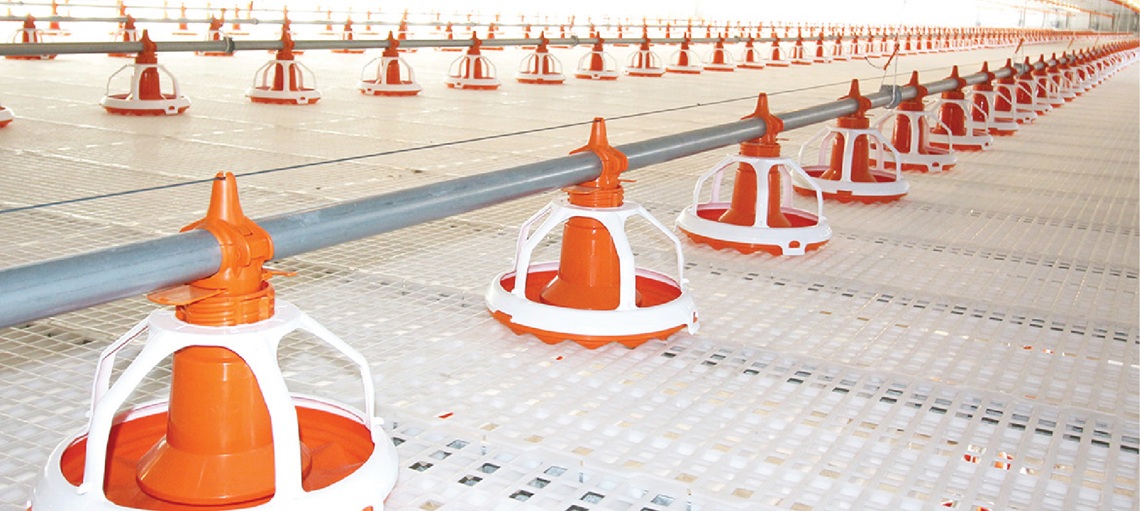
Big Pan 2 offers a strong and straightforward feeding solution. It simplifies maintenance, ensures even feed distribution, and holds up against climate stressors better than equipment designed for milder regions.
4. Fluxx 330/360: Scalable Chain Feeding
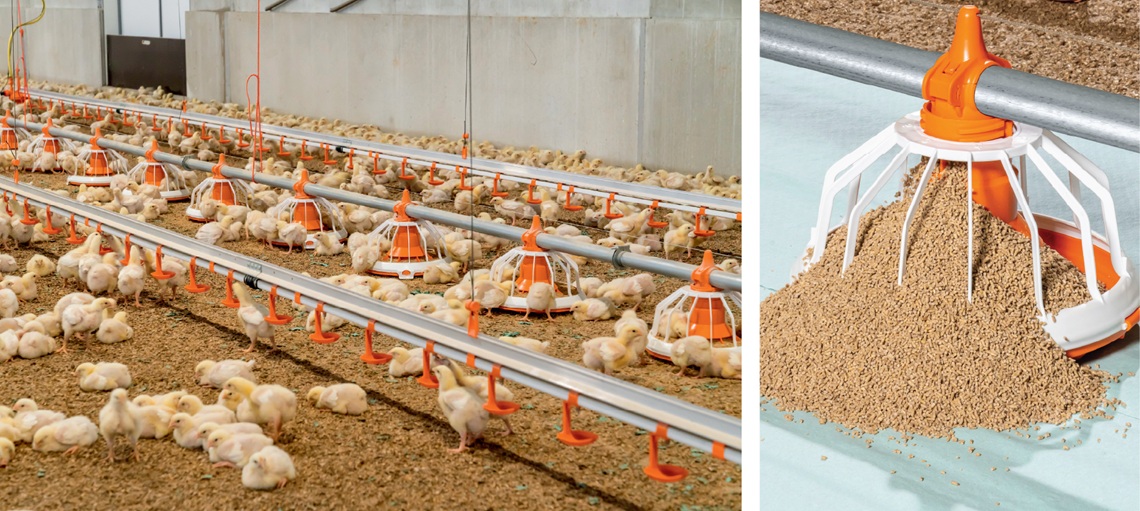
The Fluxx series supports larger flocks with efficient chain-based feed delivery. Birds can access feed according to their age-stage requirements. This boosts conversion rates and flexibility.
5. On-Farm Milling: Fresh, Flexible Feed Production
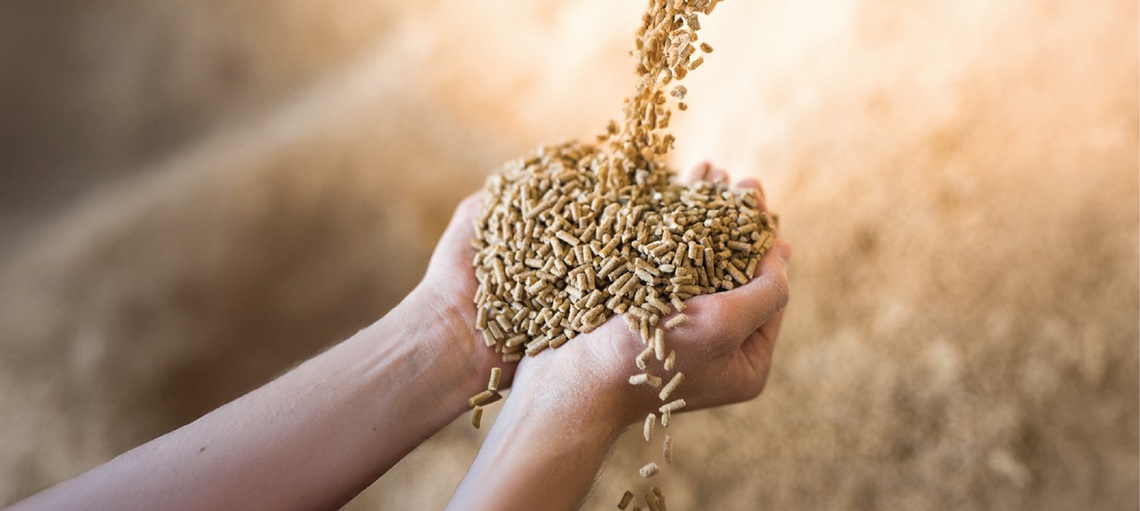
Installing milling equipment on-site allows farms to process local ingredients such as rice bran and palm kernel meal. When combined with enzyme additives and phased feeding regimes, on-farm milling reduces transport costs and improves nutrient absorption. These factors enhance efficiency and traceability while minimizing outside contamination.
BFN Fusion: The Digital Integration Hub for Feed Resilience
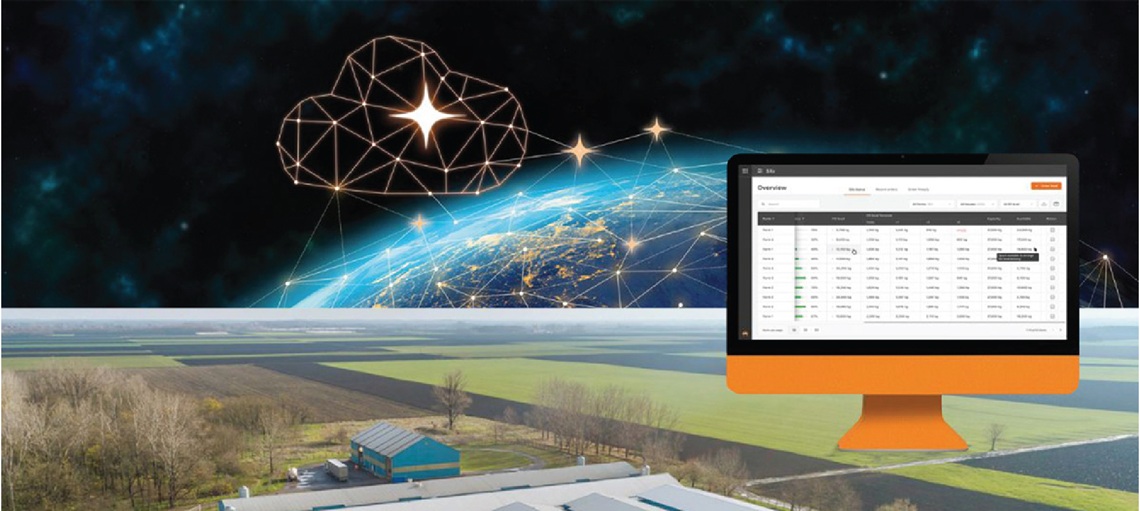
At the heart of every high-performing, cost-aware poultry farm is a central intelligence system. BFN Fusion is not just a monitoring tool. It is the integration centre that brings together feed silos, feeding equipment, climate controls, and farm-wide data into a single, responsive ecosystem.
In a world where margins are squeezed by fluctuating corn prices, unpredictable freight charges, and complex tariffs, BFN Fusion becomes a strategic asset. It transforms scattered operational inputs into coordinated action, ensuring that feed decisions are informed, timely, and efficient.
Here’s how BFN Fusion supports producers in building feed resilience:
1. Real-Time Feed Monitoring Across the Farm
BFN Fusion connects with systems like SiloCheck AIR to provide live visibility into feed levels and consumption trends. This helps producers detect anomalies, like a sudden drop in intake that could signal illness, or spot patterns that indicate overfeeding or waste. Managers receive alerts via mobile or desktop, enabling faster interventions and reducing losses.
2. Inventory Control and Forecasting
By logging silo activity and past usage, BFN Fusion creates automated forecasts that align feed orders with expected demand. This allows producers to purchase in advance, before market prices spike, and avoid the high costs of last-minute orders. It also reduces overstocking and expired feed waste.
3. Precision Feeding Decisions
When paired with Vista 330, Big Pan 2, or Fluxx 330/360 feeding systems, BFN Fusion ensures synchronized performance across all houses. Feeding patterns are tailored to the age and productivity cycle of each flock. This level of precision improves feed conversion ratios and reduces overconsumption.
4. Farm-to-Mill Feedback Loop
BFN Fusion doesn’t stop at the barn door. For farms with on-site milling, it links farm performance data back to the mill, enabling nutritionists to fine-tune feed formulas based on actual growth rates and feed conversion outcomes. This transforms milling from a static process into a responsive, performance-driven function.
5. Performance Benchmarking and Transparency
The system compares feeding efficiency across houses, flocks, or entire farms. Managers can easily identify underperforming areas, set benchmarks, and make data-backed improvements. It promotes accountability, transparency, and a culture of continuous improvement.
What Producers Can Do Today: A Practical Checklist
| Focus Area | Recommended Action |
| Ingredient Mix | Use rice bran or palm kernel meal in addition to corn and soy |
| Silo Monitoring | Install SiloCheck Air for automated alerts and forecasting |
| Feeding Equipment | Deploy Vista 330, Big Pan 2 or Fluxx systems for precise, low-waste feed delivery |
| On-Farm Milling Setup | Invest in milling to process local feed ingredients and support traceability |
| Enzyme Integration | Incorporate enzyme additives to improve nutrient uptake |
| Phased Feeding | Use age-based feed formulation schedules |
| Data Analytics | Activate BFN Fusion for performance tracking and anomaly detection |
| Advisor Collaboration | Work with nutritionists to refine diet based on seasonal price and availability shifts |
| Traceability | Log ingredient sources and feed batch details |
| Contingency Planning | Keep backup ingredient and emergency feed mix ready for sudden disruptions |
Secure Today, Grow Tomorrow
Feed costs and tariffs will likely continue fluctuating. Farms that adapt with local sourcing, automated feeding, on-site milling, and data insights will gain resilience. Big Dutchman systems and BFN Fusion technology give producers the tools to control costs, improve welfare and build a more secure future for operations across Asia.




